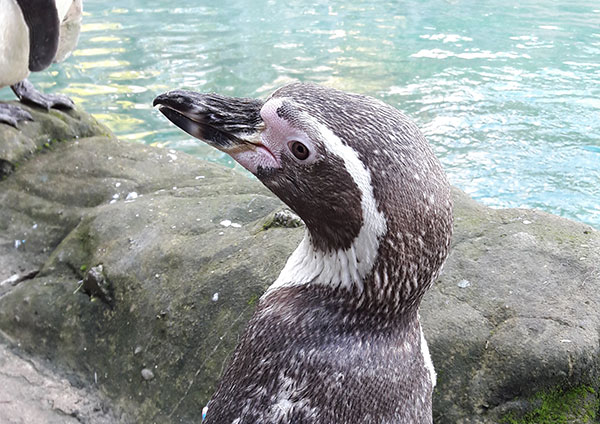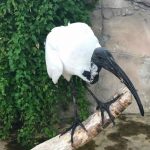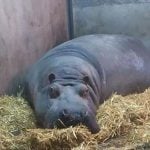Pick Up Some Fascinating Penguin Facts

It’s that time of year again where a lot of our penguins are staying in their nests to look after their eggs and newly hatched chicks. This breeding season occurs twice a year and our Humboldt penguins will have just one mating partner. The female will lay two eggs into a burrow, and these will be incubated for around 40 days until the eggs hatch, with both parents sharing the work. After 12 weeks the chicks will fledge the burrow, and then become fully mature at two years old. Once the breeding season is over, penguins will usually enter a moult phase where they replace their current feathers with new ones. During this phase, the penguins can look very scruffy and will spend less time in the water as their body will no longer be waterproof and insulating. They will also not eat much whilst they are moulting, so they need to make sure they eat enough before the moult begins to ensure they have enough fat reserves in their body!
All penguins are found in the southern hemisphere of the world, and Humboldt penguins are found off the coasts of Peru and Chile. They are named after the Humboldt Current which flows from the Antarctic to the equator. This current brings cold water packed full of anchovies, other types of fish, krill and squid, a perfect feast for these penguins! Due to their adapted wings, streamlined body, and webbed feet, penguins are excellent at diving and hunting.
Now, you may be wondering why penguins are white on their front and black on their backs. This is called countershading and occurs in other animals too. The reason behind this split colour pattern is so that the penguins are better camouflaged from predators (such as seals, sharks and whales) in the water. If a predator is above the penguin and looking down, the black back of the penguin will blend in with the dark depths of the ocean. If the predator is below the penguin and looking up, the penguin’s white belly will blend in with the paler sky.
Unfortunately, Humboldt penguins are classed as vulnerable due to humans over-fishing in this region, and the removal of guano, i.e. their poo, (which the penguins use to construct their burrows) to be used for fertiliser. So, the next time you tuck into some anchovies, make sure you know where they have come from, otherwise you could be stealing a penguin’s dinner!


